GEOG/URBN1200: The City in the Western Tradition CA1
Throughout history and in all parts of the world societies need to decide where and how they arrange themselves on the physical landscape. Cities are becoming increasingly important for several reasons. The majority of the world’s population now resides in cities, and urbanization is expected to continue. Ongoing population expansion is expected to create a world with around nine billion inhabitants in the next few decades. Many cities are located in coastal areas and near rivers that make their populations high vulnerable to extreme weather events.
This course takes a sweeping look at how cities have evolved in five distinct eras: (1) Ancient times; (2) The Middle Ages (3) The Age of Mercantilism (4) The Industrial Revolution and (5) The Automobile Era. A sixth era is Future Cities, in which we examine current policies to address how cities are planning to adapt to critical contemporary issues such as global climate change, wealth gaps, and immigration.
Example of the Material Covered
The images to the right show how 10th Avenue has changed over time. An elevated freight line, constructed in 1933 and used until 1980 when it was discontinued, fell into disrepair. It was scheduled for demolition until a community group organized to save the structure and turn it into a linear park. This example of adaptive reuse has been highly successful in reactivating a large abandoned area of NYC and has been copied by cities around the world. For further information go to The High Line's Webpage, which was the source of the images used here.
This course is suggested preparation for GEOG2400 Introduction to Sustainable Cities.
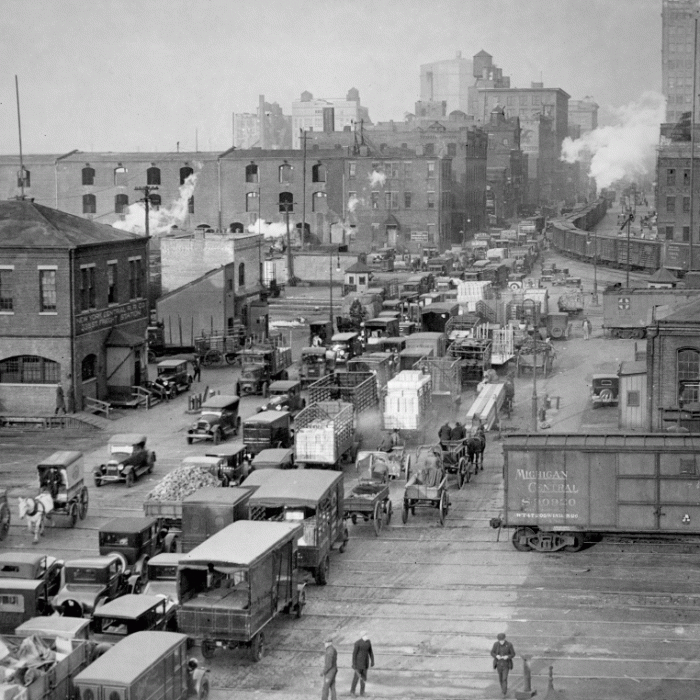 Street-level freight trains caused so many deaths that 10th Avenue in NYC was nicknamed "Death Avenue"
Street-level freight trains caused so many deaths that 10th Avenue in NYC was nicknamed "Death Avenue"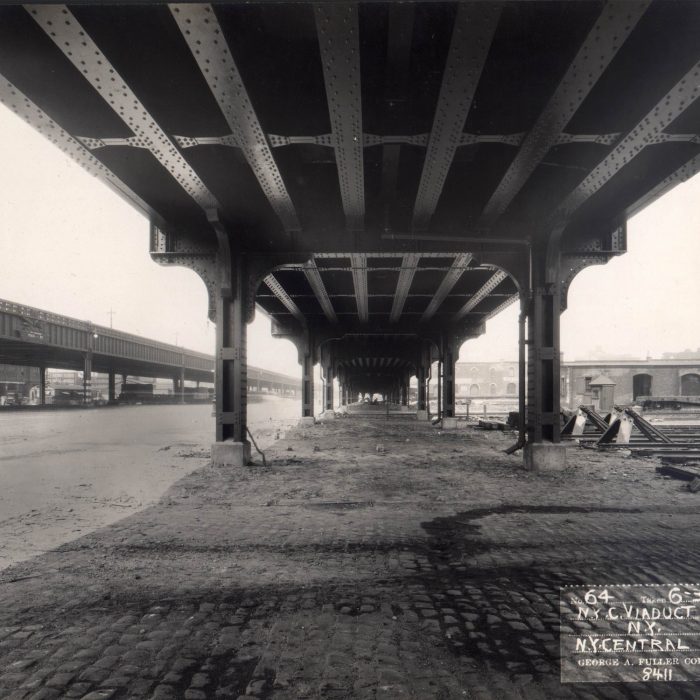 The elevated freight line, The High Line, NYC under construction in 1933
The elevated freight line, The High Line, NYC under construction in 1933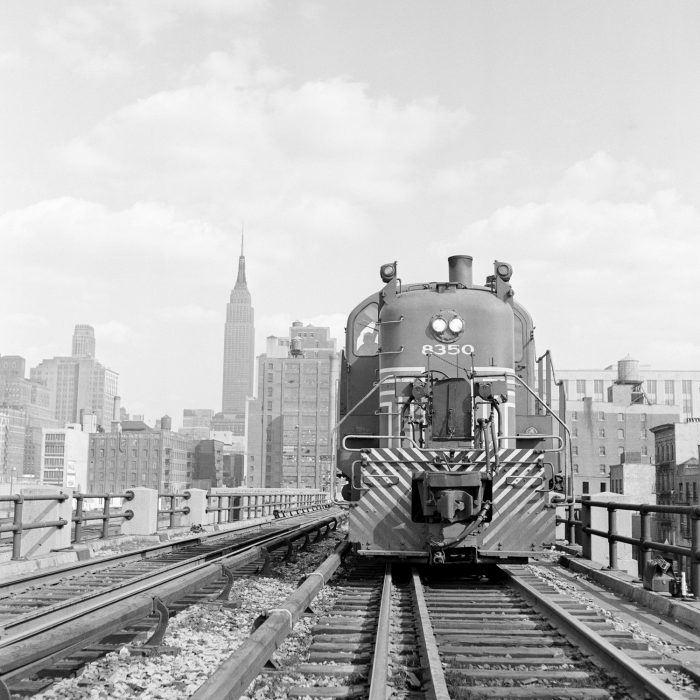 The High Line in operation in the 1950s
The High Line in operation in the 1950s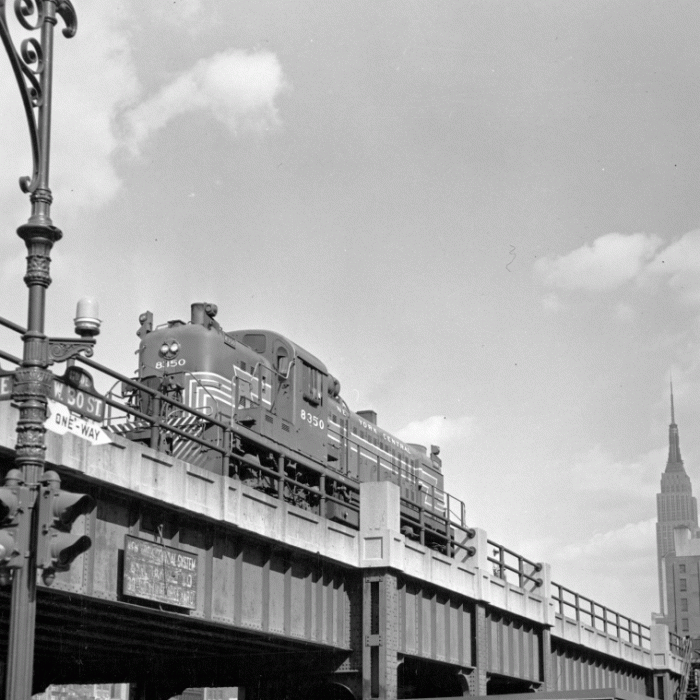 Looking up at the High Line in the 1950s
Looking up at the High Line in the 1950s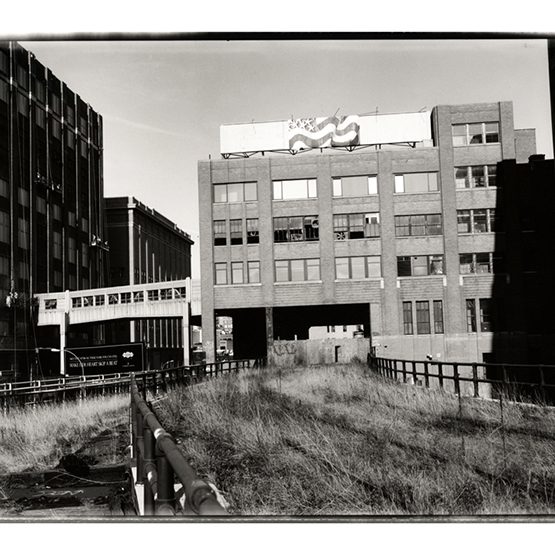 The High Line in disuse after trucks replace freight trains
The High Line in disuse after trucks replace freight trains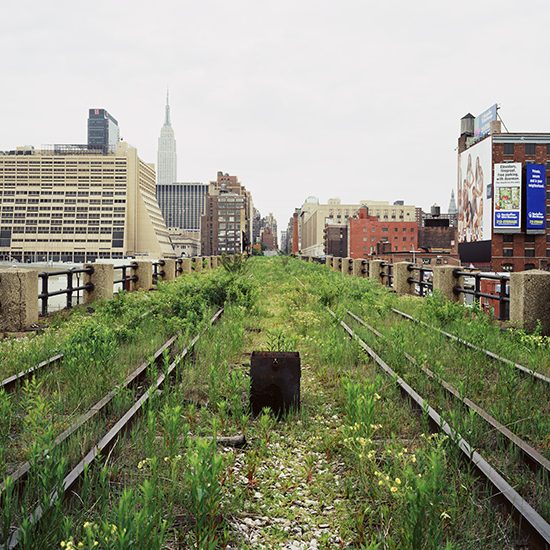 The High Line in 2001 before its renovation
The High Line in 2001 before its renovation The High Line in 2017 after the rail line was repurposed into a linear urban park
The High Line in 2017 after the rail line was repurposed into a linear urban park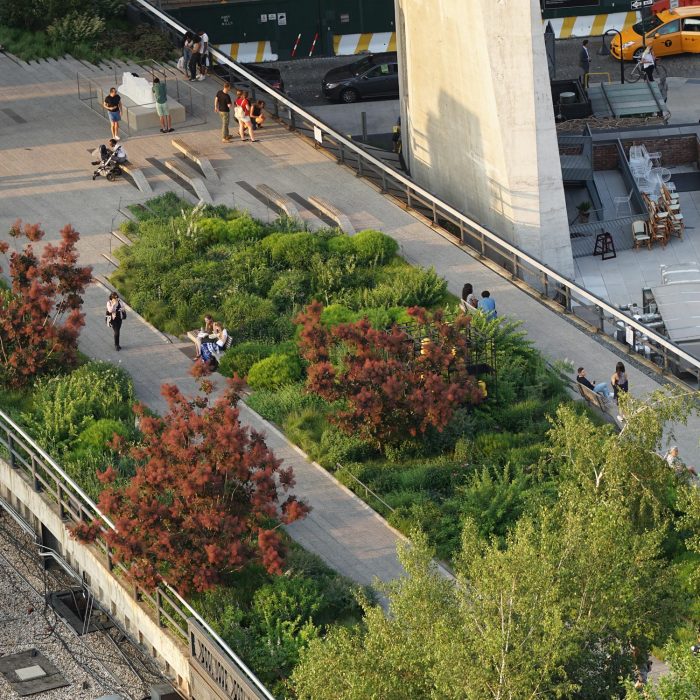 Highline Park, NYC, 2017
Highline Park, NYC, 2017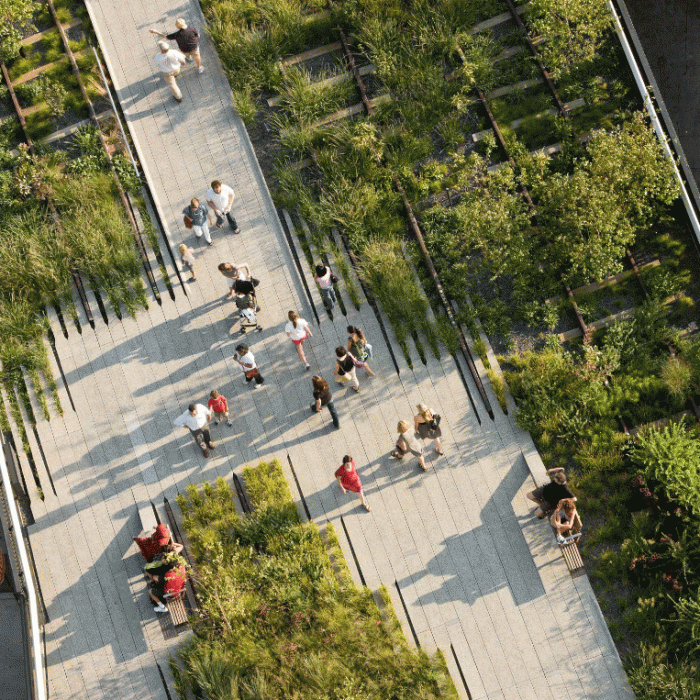 Aerial View of High Line Park, 2017
Aerial View of High Line Park, 2017